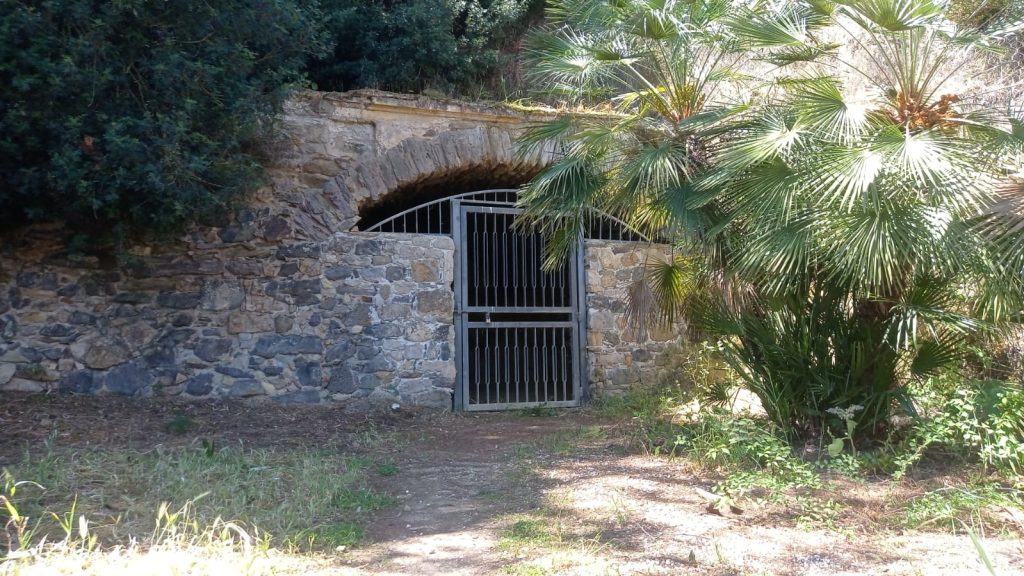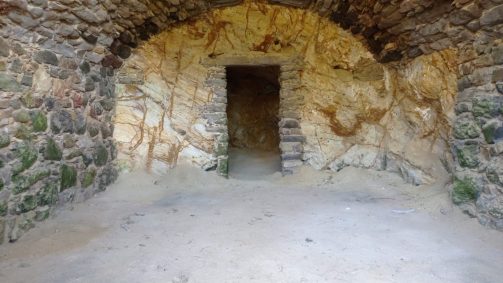The Grotto is one of the most fascinating and mysterious monuments in the Spa Compendium. The area and surrounding territory are rich in archaeological evidence documenting the presence of man from very ancient times. During agricultural earthworks, some flint artifacts were found in the Is Arenas locality, not far from the compendium. A survey by Professor Rita Melis of the University of Cagliari in 2002 and synergistic studies with Professor Margherita Mussi of La Sapienza University in Rome led to the discovery of two flint bases from which the island’s ancient inhabitants made scrapers, awls and blades for their weapons. According to analysis by Professor Michel Lamothe of the University of Quebec in Montreal, the findings date back ten thousand years.
Scholars believe that this was not a fleeting visit by a group of hunters, but a real settlement in an area particularly favorable for human settlement in that very distant era. In the thermal area of Sardara there are still some natural ravines, which have resisted the weather, the passage of millennia and anthropization. Sa Grutta has come down to us in its integrity and represents, together with the Roman Bath, one of the most significant monuments of the Sardara area.
Since a geo-archaeological study has never been carried out, we must rely for the time being on the few documentary sources on which to base a description that can be confirmed by a specific scientific study.
Sardaresi elders handed down that the ancient statue of Santa Mariaquas was found in Sa Grutta. It would have been hidden there when, in the 16th century, the inhabitants of Villa Abbas, in order to escape the raids of the Barbarians who had sacked Terralba and Pabillonis, abandoned the village and moved to Sardara, but first they hid the statue of Our Lady in the cave. Several scholars claim that the statue was hidden in the ancient Roman baths. At the end of the raids, the simulacrum of the Virgin was found near a hot spring, and for this reason the Madonna was called “Santa Maria ad Aquas,” while before she was called the Madonna of Remedy or Sweet Milk. Our Lady was later moved to Sardara to prevent possible theft, and every year she was brought to the spa town for the festival.
The cave was renovated and enlarged in the front part in 1898, during the construction of the spa in the Roman Bath, and consolidation and securing works were subsequently carried out.










